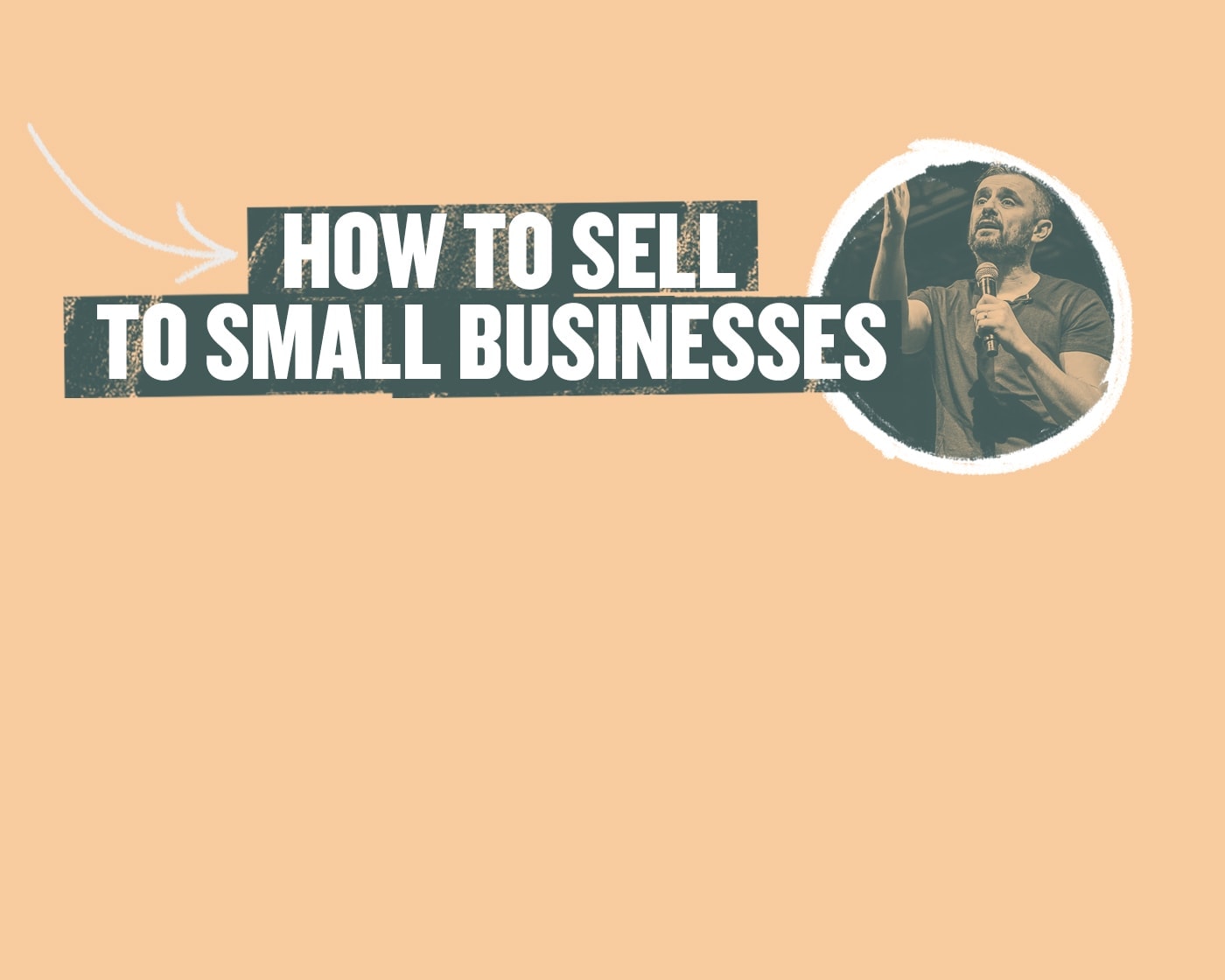I really think that my opinions and suggestions on selling to small businesses can add value to many of you because I lived that life – I operated and navigated within a small business environment for much of my 20s.
Here are a few things to keep in mind when you’re selling to SMBs:
1. Highlight hidden costs
Small businesses tend to be very “literal” in the way they look at cash and their bottom line.
It makes sense. Many small business owners have saved up for years or decades to buy their businesses or they’ve spend years building it from the ground up. To them, cash is king – the cash that they can actually see going into the register or in the bank account every month. They can’t “see” hidden hosts, so it’s harder to understand.
For example, you can’t expect them to understand the cost of training employees, or the cost of lost productivity in choosing one tool over another. They can’t “see” it so it doesn’t register for them right away.
When you’re selling to small businesses, make it super clear what those hidden costs are and put a dollar amount on it.
A 4Ds attendee asked me a question along similar lines a while back and that’s exactly what I told him:
2. Make it an “ROI” conversation
Along the lines of the last point… short term sales matter more to small businesses than big brands because of issues like cashflow. There’s just not as much money to throw around and small business owners are just a lot more sensitive to it.
If you can make your pitch an ROI conversation – as in showing them that they’re wasting $200 a month on lost productivity and your $99 / month service can fix that – then you’ll help them see how your service can put more cash in their pocket in the next 1, 2, 3, 4 months.
3. Remember it’s about underpriced attention, not “social media”
A guy at 4Ds asked me a question I was pumped about – he said his company ran a test to get cheap attention by running banner ads in the concourse at the airport since he was targeting SMBs:
What I really care about isn’t social media or Facebook or Instagram – it’s underpriced attention. It doesn’t matter to me where it is, whether it’s online or real life. It only matters that it’s a good deal and ideally, you can see how well it’s working or not working.
The challenge with a lot of traditional media is that the measurement is done on “potential reach” – not actual reach or consumption. It leads to poor data and a lack of understanding of whether your media dollars are actually effective.
The advice I gave the 4Ds attendee who asked me a question was to put a phone number on the banner ad at the airport and ask people to text the number if they have a business problem. That way, they can collect data and get a sense for how many people are consuming and taking action.
4. Host in-person events using Facebook, Instagram, or LinkedIn ads
Leveraging Facebook ads, Instagram ads, and LinkedIn to create and promote in-person events is an unbelievable opportunity.
You can position the event however you want.
If it were me, I would do it around wine because that’s authentic to me. But you could host a dinner, a golf competition, or a number of other things.
Here’s a very tactical example of how you would do this if you had a business that sells to small dance studios:
First, run ads at a low cost by targeting an area where there are a lot of dance studios.
Next, record an authentic video straight from your phone or webcam talking about your event and what you’ll talk about. It could literally be something super simple, like a dinner at a local restaurant.
When you run the video ad, put all the information in the copy with a link to a Google Form – and in that Google Form, include an open ended question that gives you insight into whether or not you can convert them.
You can invite people who give the “right” answer to this question, and host your event with a captive audience.












goooooooooood
reading this weblog’s post to be updated daily.
wmwwjo
råb ud og sig, at jeg virkelig nyder at læse gennem dine blogindlæg.
thank you
díky tomuto nádhernému čtení! Rozhodně se mi líbil každý kousek z toho a já
0543oj
Obrigado|Olá a todos, os conteúdos existentes nesta
kalian ingin bermain toto macau dengan bayaran terbesar? PVJBET adalah solusinya
DIGIBET4D colok jitu paling mantap
7wytei
4nirzk
wkjdwa
9m1daa
car park another important point to consider
Khám phá Rbviet.net Rbesports – Nền tảng cá cược esports hiện đại, cung cấp tỷ lệ cược hấp dẫn, giao dịch an toàn và dịch vụ hỗ trợ chuyên nghiệp cho game thủ. – 2025 March 28, 14:16
Reliable St. Catharines Airport Transfer for all your travel needs. From St. Catharines to Toronto Pearson Airport, Buffalo, or Niagara Falls, our Airport Car Service St. Catharines ensures comfort and punctuality. Experience the best Airport Transfer St. Catharines service. Reserve now!
Brantford Limo & Taxi Service delivers exceptional airport transportation, including Brantford to Pearson Airport transfers and shuttle service to Hamilton. Enjoy affordable taxis or executive limos, ensuring a smooth, comfortable journey to all major airports.
Simplify your airport trips with Brantford Limo & Taxi Services. From private limo transfers to Pearson Airport to shuttles from Buffalo, we provide affordable, professional transportation tailored to your needs.
Get professional Van Services Dubai, including Van Rental Dubai and Van Hire Dubai. Book a Luxury Van Service from Dubai Airport to Atlantis The Palm or a Van Service for Dubai City Tours.
lgtv2n
Rayesports.com Rayesports – Nền tảng cá cược esports hàng đầu với giao dịch siêu tốc, bảo mật an toàn tuyệt đối và nhiều ưu đãi độc quyền dành cho fan thể thao điện tử. – 2025 April 04, 09:33
Rbviet.net Rbviet – Nền tảng cá cược esports hàng đầu với giao dịch siêu tốc, bảo mật an toàn tuyệt đối và nhiều ưu đãi độc quyền dành cho fan thể thao điện tử. – 2025 April 10, 17:44
0di5k0